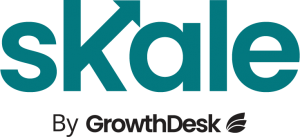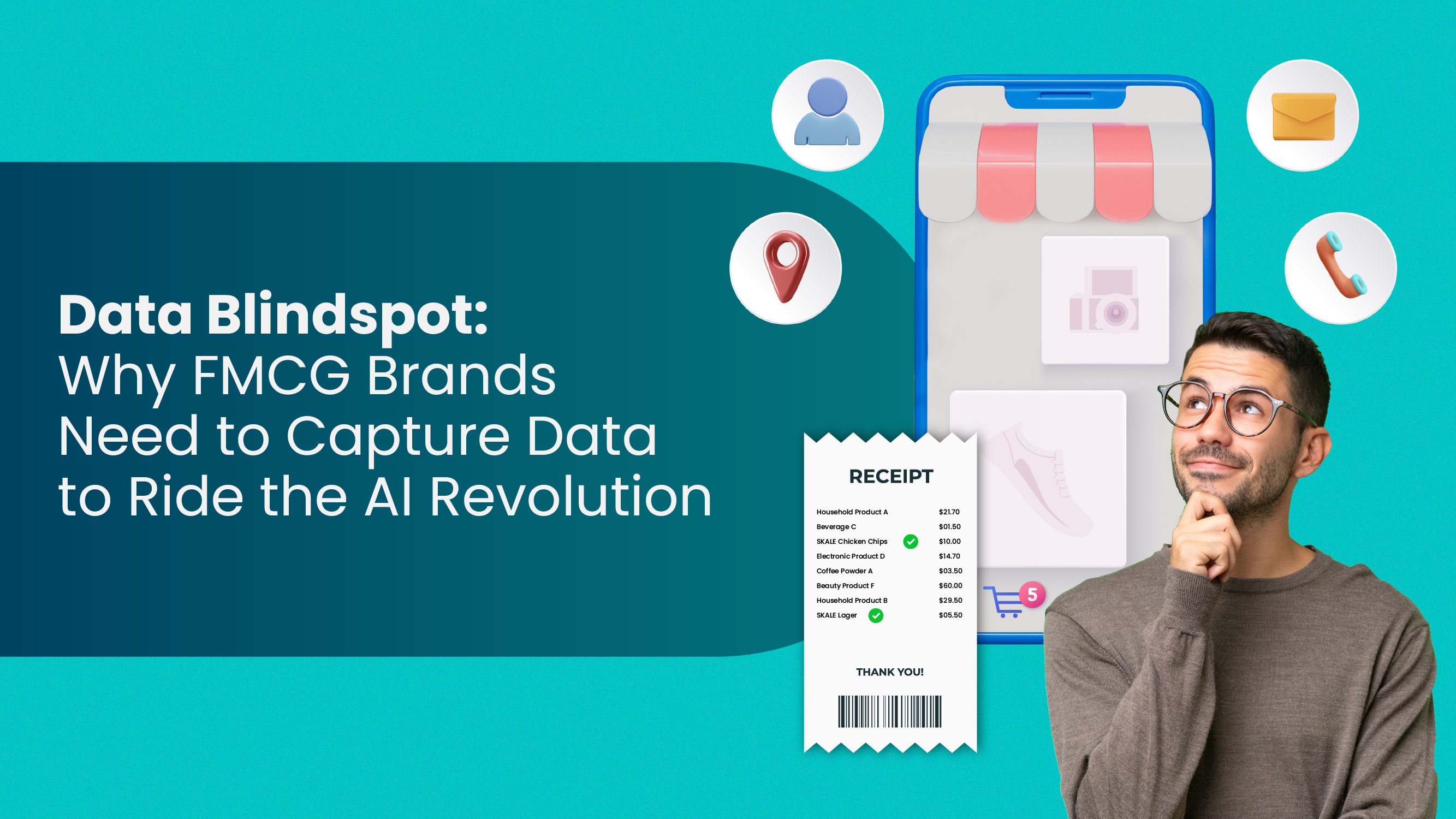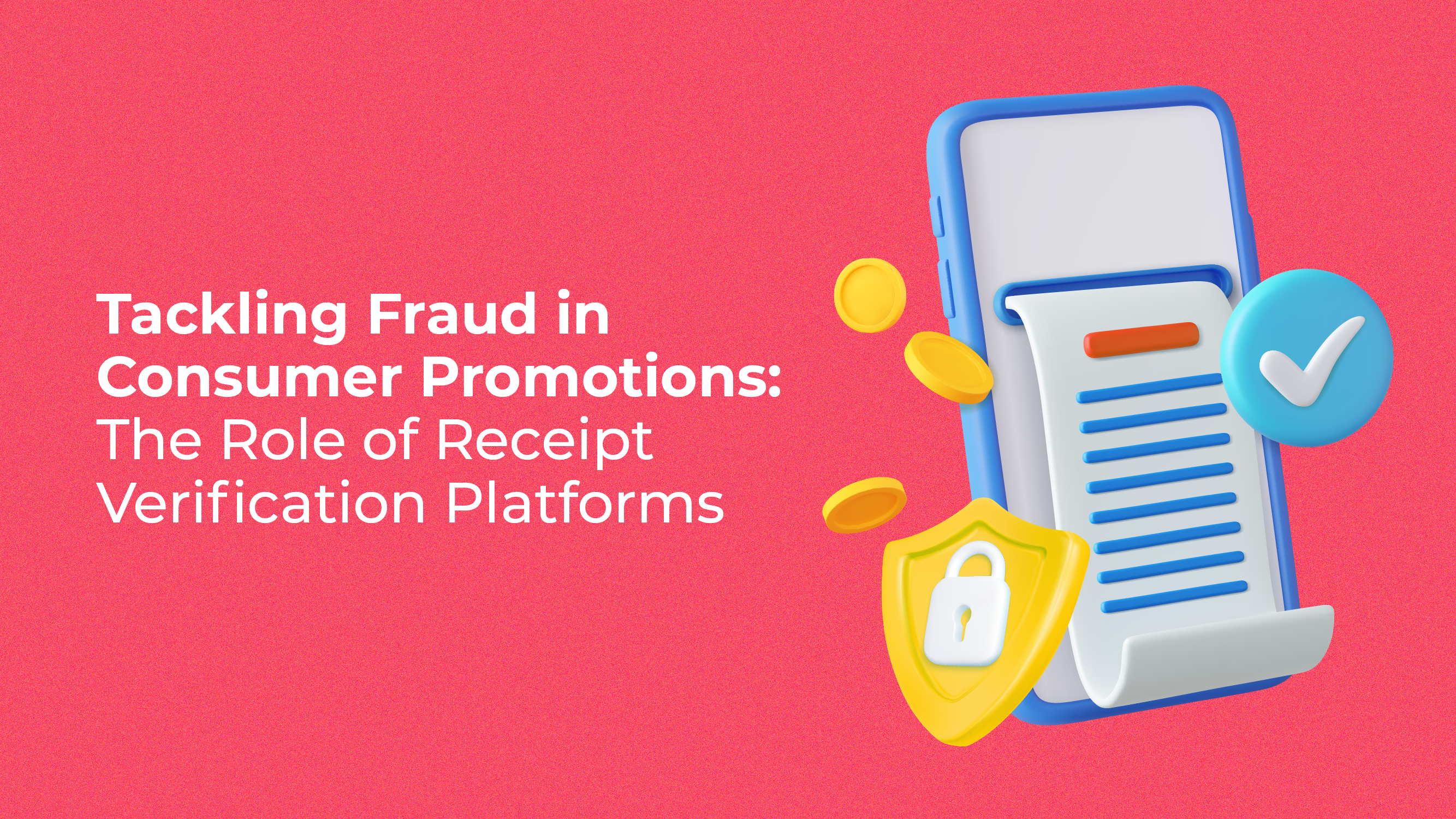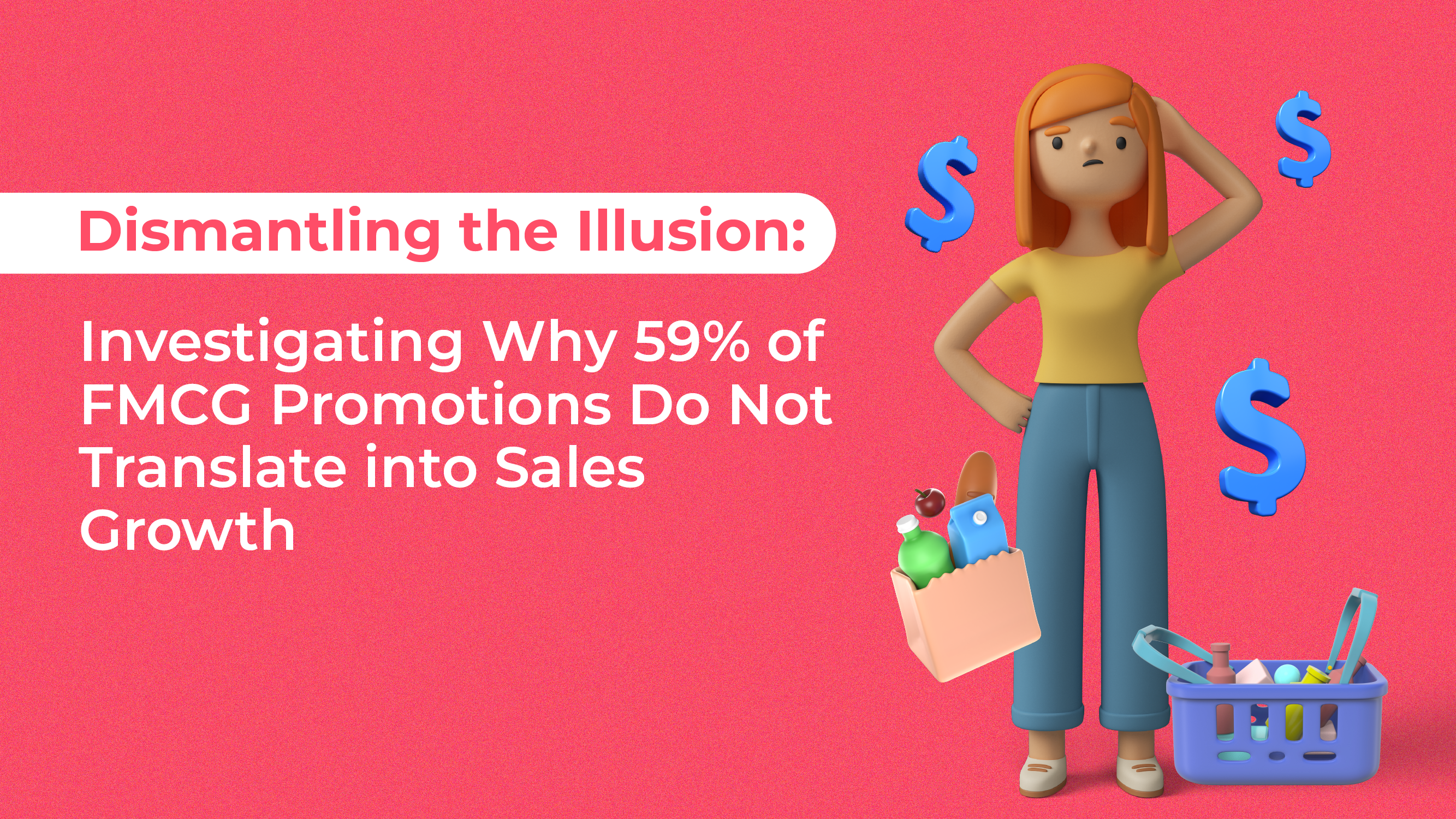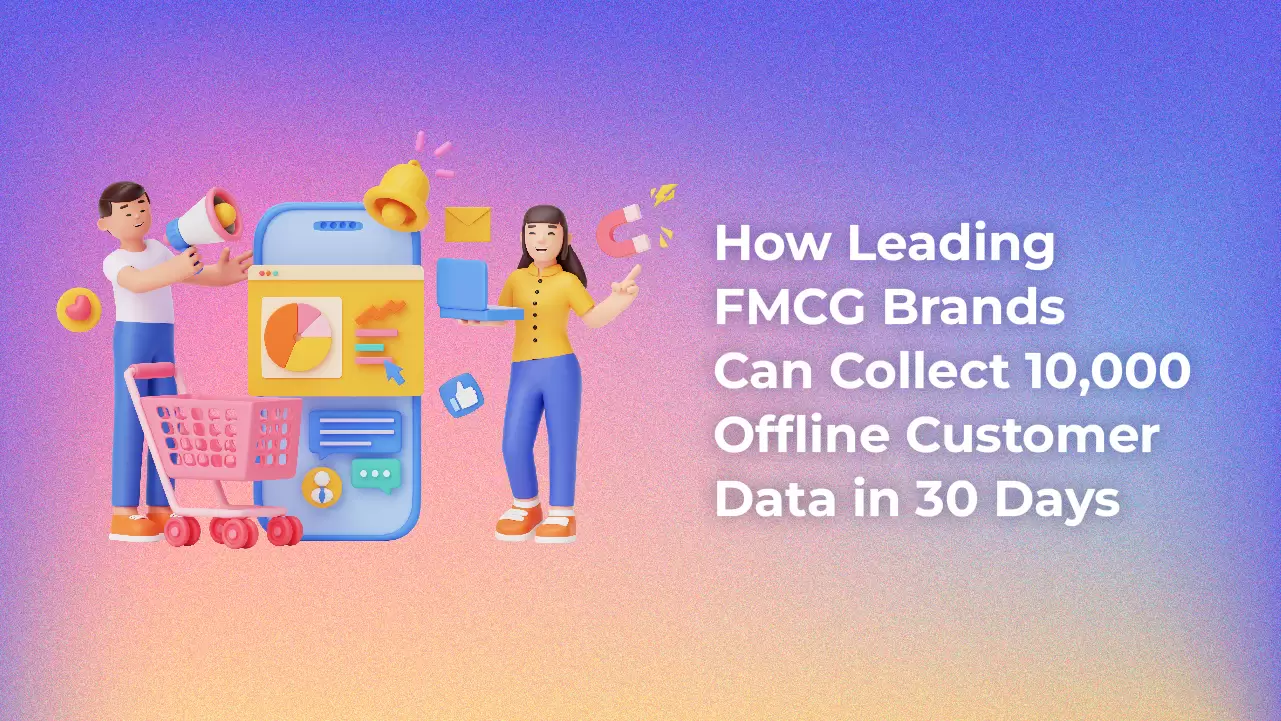“I like to focus on software development, and marketing is really not my game. I don’t like to step out of my comfort zone”
It’s not too uncommon to hear something like this for when you work with developers who are working with side projects, helping them to build those missing pieces on marketing.
Many of the developers end up building more than what could be measured as “minimum” for a given stage of validation of an idea.
And this is something, many starting up experts do not like.
They come from a school of approaches that produced some of the leading businesses today including Facebook, Twitter, AirBnb, Dropbox, Reddit, LinkedIn, and likes. The approach used In these new age startups blew off traditional marketing for a new set of strategies that felt more like engineering and product development.
In earlier days, marketing was long been applied after the product fully is completed. This kind of sounds familiar with how many (still) developers end up building almost a full product before thinking about marketing.
The result is, marketers are often forced to promote products that don’t resonate, that doesn’t really work.
The new approach prescribes marketing and product building to go hand in hand or even better, marketing to commence when you haven’t even written a single code. This is the heart of lean startup methodologies.
Having worked closely with handful developers and their projects in this situation, we have now decoded the two perspectives and evolved a way that works.
Lean start-ups way
Launching a new enterprise—whether it’s a tech start-up, a small business, or a side project—has always been a hit-or-miss proposition. This approach had founders falling into the “better mousetrap fallacy”, which is the mistaken belief that a superior product will automatically generate customers.
But the “lean start-up” approach changed this. It favors experimentation over elaborate planning, customer feedback over intuition and iterative design over traditional “big design up front” development.
The Lean Startup provides a scientific approach to creating and managing startups and get a desired product to customers’ hands faster. It is a principled approach to new product development.
And this makes lean startup experts prescribing a formula of “No coding before customer conversation” and advise using smoke tests instead to find if at all you should start coding at all.
Developers defying the lean code
Many developers begin the work on a side project that they think is a cool idea people want. They then spend months perfecting that product without ever showing the product, even in a very rudimentary form, to the prospective customer.
Talking to prospects is hard, coding is much easier. There are several reasons for this:
- No customer empathy
- Too focused on the technology
- No time or skills to connect to the market
“You shouldn’t have done coding”, is the obvious response by marketing experts to this situation. They believe, the great mistake of people who want to partner with marketers is treating coding as everything important and marketing as a tack-on.
What does this mean?
What does it mean to the product already developed?
Does it mean that developers need to scrap what they have built and re-start from step one? Does it mean that the developers rather should learn about marketing and then think of side projects?
How do you decode the situation in the context of marketing your side project product?
Decoding the lean code
Having reached that situation where you have already some version of a working product, there is no logic that things can be tested at this stage onwards.
You can still use this product version and use the lean startup concepts in spirit, from now on.
You can still articulate your biggest risk in the business model and run an experiment using the product developed as an MVP to test the hypothesis underlying that assumption.
But, it is not logical to say that such testing cannot be done at this stage now that the developer has developed some product already.
And, that is how I crack the lean code when I collaborate with developer’s side projects where more than minimum product is already ready.
Connect Deeper
If you resonate with this article, please subscribe to Climb Lean Blog. You will get a free copy of an eBook — Getting the first 100 customers for your startup.
